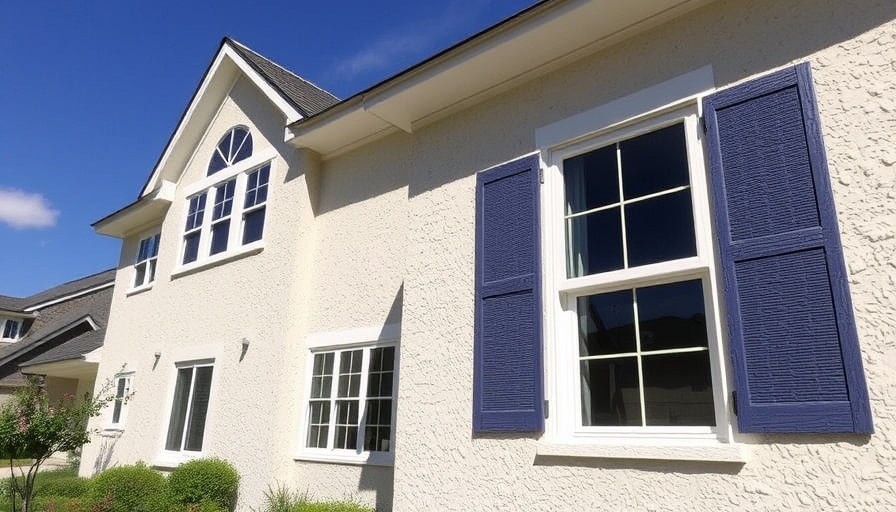
Understanding Window Mechanisms: An Overview
When it comes to selecting the right window mechanism for your home, it's essential to consider not only aesthetics but also functionality, energy efficiency, and the role these components play in your overall living environment. The primary choices available—casement, slider, and tilt and turn windows—each have distinct advantages and disadvantages that can significantly impact your home's operation and your comfort as a homeowner.
Efficient Airflow and Security: What the Mechanisms Offer
Casement windows are popular for being versatile and energy-efficient. They open outward, allowing for maximum airflow and visibility. However, their hinges can be a point of vulnerability, especially in older designs. On the other hand, slider windows are straightforward and often easier to operate. They are space-saving in terms of opening but may not provide the same level of air circulation as casement windows.
In contrast, the tilt and turn mechanism uniquely combines the benefits of both, allowing for secure ventilation while also providing the option for a full swing opening. This feature not only enhances airflow but also makes for easier cleaning, which is particularly advantageous for upper-story installations.
Energy Efficiency and Sustainable Practices
In the context of sustainable building practices, it’s vital to consider the energy efficiency ratings of these window types. Many modern iterations of these windows come double or triple-glazed, which drastically improves insulation properties. For instance, tilt and turn windows are often designed with high-performance seals, preventing unwanted heat loss during colder months. Given the growing emphasis on eco-friendly building materials, opting for energy-efficient windows aligns with broader sustainability goals.
Cost Considerations: Balancing Budget and Quality
Homeowners in London might find that the initial cost of the window mechanism doesn’t always reflect its long-term value. Casement windows are typically more expensive due to their quality and customizable options, while slider windows are more budget-friendly. Tilt and turn windows generally fall somewhere in the middle, although their enhanced functionality may justify the higher initial investment over time.
Future Predictions: The Evolution of Window Mechanisms
The future of window design is leaning heavily towards mechanisms that not only serve functional needs but also contribute to the aesthetic and environmental goals of the homeowner. Innovations in materials like fiberglass and thermally broken aluminum frames are on the rise, enhancing durability and efficiency. As technology continues to advance, we can expect even more versatile window mechanisms that integrate smart technology for temperature regulation and security monitoring.
Making an Informed Choice: Consider Your Needs
Choosing the right window mechanism is a balance of personal preferences and functional requirements. Homeowners should consider factors such as the location of the windows (height and access), desired airflow, and long-term maintenance. Furthermore, exploring the view and ventilation capabilities of each type will serve well in making a decision that enhances the home’s value and livability.
As London homeowners navigate these choices, understanding the best options—whether opting for casement, slider, or tilt and turn windows—will ultimately lead to a more comfortable and energy-efficient home. Be sure to consult with an experienced local contractor who can provide insights based on specific circumstances and help you make an informed decision about which window mechanism is compatible with your vision.
 Add Row
Add Row  Add
Add 




Write A Comment